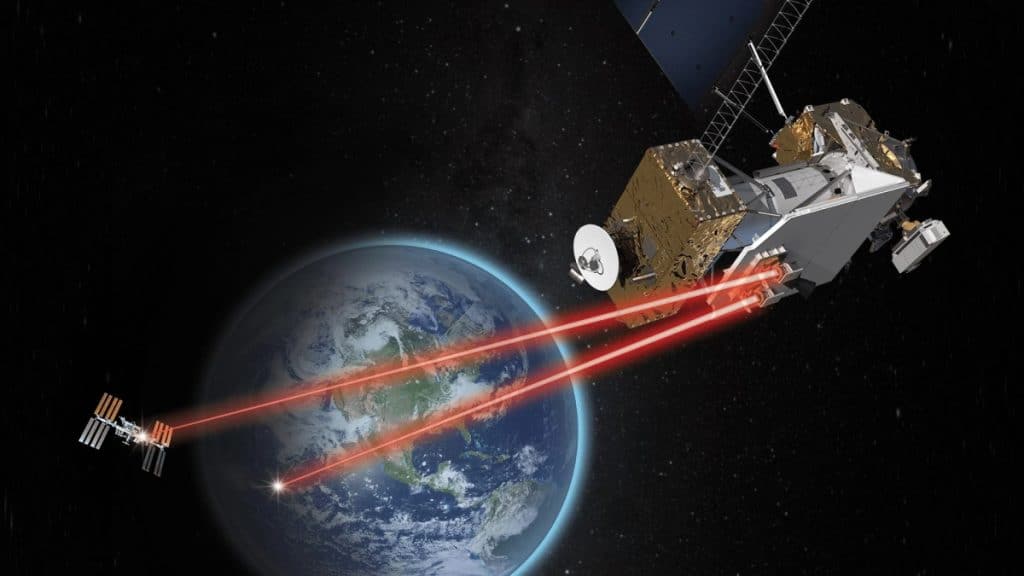NASA’s exploration missions have always relied on cutting-edge technology to expand humanity’s understanding of the universe. Among these groundbreaking tools, LIDAR systems (Light Detection and Ranging) stand out as a pivotal technology, enabling precise measurements and mapping of distant environments. At the heart of these systems lies an often-overlooked yet indispensable component: optical filters.
This article explores the role of optical filters in NASA’s LIDAR systems, their importance in space exploration, and how they enable missions to gather critical data from Earth to the stars.
Understanding NASA’s LIDAR Systems
LIDAR technology uses laser pulses to measure distances with remarkable accuracy. By emitting laser light and analyzing the reflected signal, LIDAR systems can create high-resolution 3D maps of surfaces and atmospheric profiles. NASA employs LIDAR for a wide range of applications, including:
- Mapping planetary surfaces, such as Mars and the Moon.
- Monitoring Earth’s atmospheric conditions.
- Navigating spacecraft and landers in challenging environments.
How Optical Filters Enhance LIDAR Systems
Optical filters are integral to the performance of NASA’s LIDAR systems, ensuring precise light manipulation and data accuracy. Here’s how they contribute:
1. Isolating Wavelengths
LIDAR systems operate at specific wavelengths, often in the ultraviolet (UV), visible, or infrared (IR) spectrums. Optical filters:
- Block unwanted wavelengths, allowing only the laser’s emitted light to be detected.
- Reduce noise and enhance signal clarity, ensuring accurate measurements.
2. Protecting Sensors
Sensitive detectors in LIDAR systems are vulnerable to intense light or harmful radiation. UV-IR filters protect these sensors by blocking potentially damaging wavelengths, prolonging their lifespan and reliability.
3. Enhancing Signal-to-Noise Ratio
In space environments, scattered light and background radiation can interfere with LIDAR readings. Bandpass filters isolate the desired wavelength range, improving the signal-to-noise ratio and ensuring data integrity.
4. Improving Energy Efficiency
By precisely directing light, optical filters minimize energy loss, allowing LIDAR systems to operate efficiently with limited power sources—a crucial consideration for space missions.
Applications of Optical Filters in NASA’s LIDAR Missions
1. Planetary Mapping
NASA’s LIDAR-equipped missions, such as the Mars Global Surveyor and Lunar Reconnaissance Orbiter, rely on optical filters to map planetary surfaces with exceptional detail. These maps help identify landing sites, study geological features, and understand planetary evolution.
2. Atmospheric Research
LIDAR systems equipped with optical filters monitor Earth’s atmosphere, analyzing cloud structures, aerosol distribution, and greenhouse gas levels. NASA’s CALIPSO mission (Cloud-Aerosol LIDAR and Infrared Pathfinder Satellite Observations) uses this technology to study climate change and atmospheric dynamics.
3. Spacecraft Navigation
For missions to asteroids and comets, such as NASA’s OSIRIS-REx, optical filters in LIDAR systems enable precise navigation and hazard detection. By mapping the surface of the asteroid Bennu, OSIRIS-REx successfully identified a safe location for sample collection.
4. Earth Monitoring
NASA’s ICESat-2 mission uses LIDAR to track changes in Earth’s polar ice, forests, and water levels. Optical filters enhance the system’s ability to detect subtle variations in light reflection, providing crucial data for environmental monitoring.
Advantages of Optical Filters in LIDAR Systems
- Enhanced Accuracy: By isolating specific wavelengths, optical filters ensure precise measurements even in challenging environments.
- Durability in Space: Thin-film coatings on optical filters make them resistant to extreme temperatures, radiation, and microgravity conditions.
- Versatility: Optical filters are adaptable to various wavelengths and applications, from planetary mapping to atmospheric analysis.
- Energy Efficiency: Efficient light manipulation reduces power consumption, an essential feature for long-duration space missions.
Innovations in Optical Filters for LIDAR
NASA continuously pushes the boundaries of optical filter technology to improve LIDAR performance. Recent innovations include:
- Tunable Filters: These dynamically adjust their wavelength range, enhancing flexibility for multi-mission capabilities.
- Advanced Coatings: New materials provide greater thermal stability and radiation resistance, ensuring reliability in harsh environments.
- Compact Designs: Miniaturized optical filters reduce payload weight, making LIDAR systems more efficient for small spacecraft.
Challenges and Future Directions
Despite their transformative impact, integrating optical filters into NASA’s LIDAR systems presents challenges:
- Cost of Development: High-precision filters require advanced manufacturing techniques, increasing costs.
- Environmental Impact: Space environments expose filters to extreme conditions that can degrade their performance over time.
- Data Complexity: The vast amounts of data generated by LIDAR systems require advanced algorithms for analysis.
To address these challenges, NASA and its partners are investing in next-generation materials, AI-driven data processing, and eco-friendly manufacturing techniques.
The Silent Innovators: How Optical Filters Propel NASA’s LIDAR Systems to New Frontiers
Optical filters are the unsung heroes of NASA’s LIDAR systems, enabling missions to achieve extraordinary precision in mapping, monitoring, and navigation. From creating detailed 3D maps of Mars to tracking climate change on Earth, these components play a vital role in the success of space exploration.
As technology advances, optical filters will continue to revolutionize LIDAR systems, paving the way for deeper exploration and greater understanding of our universe. For industries and researchers seeking cutting-edge solutions, the innovations inspired by NASA’s missions offer a glimpse into the limitless potential of optical filter technology.
